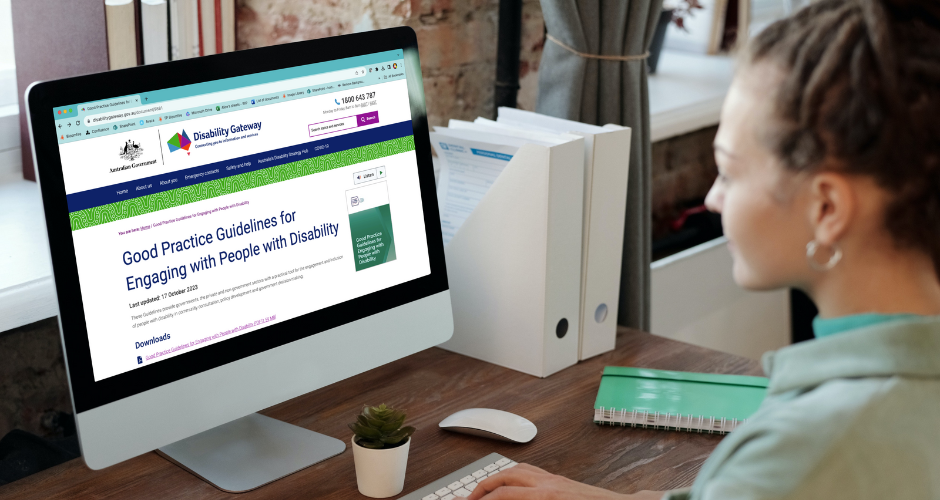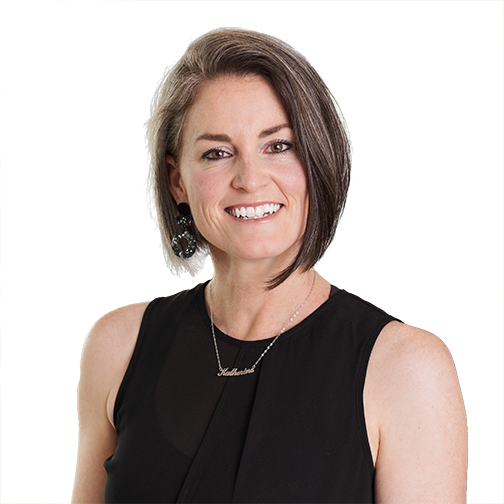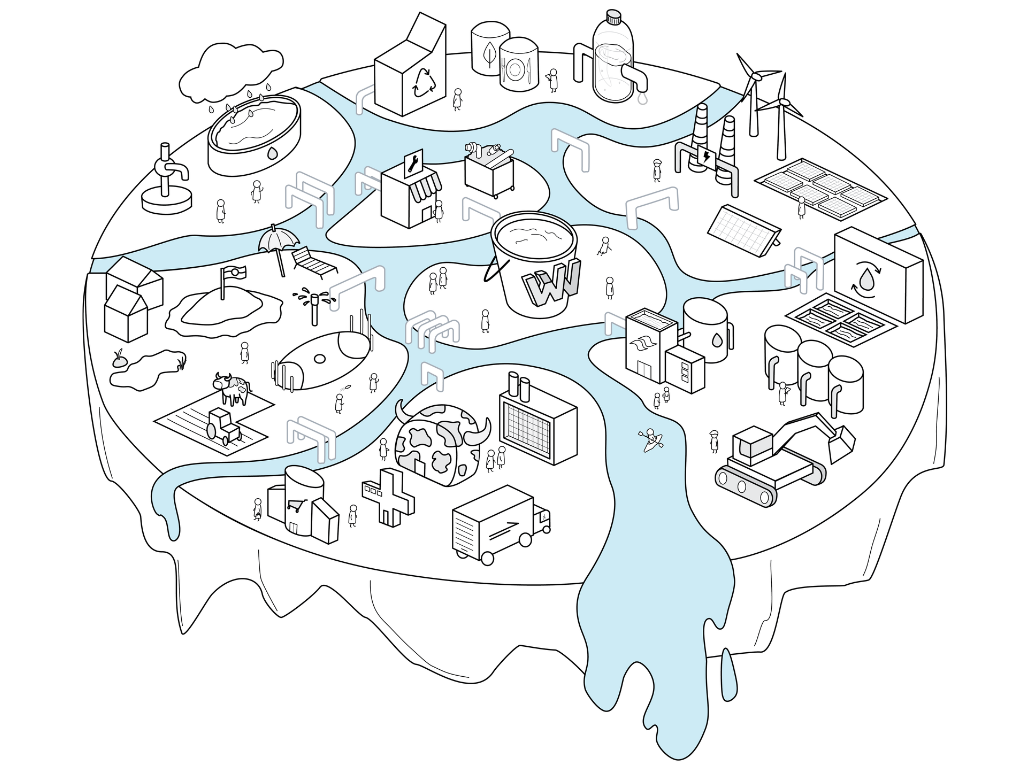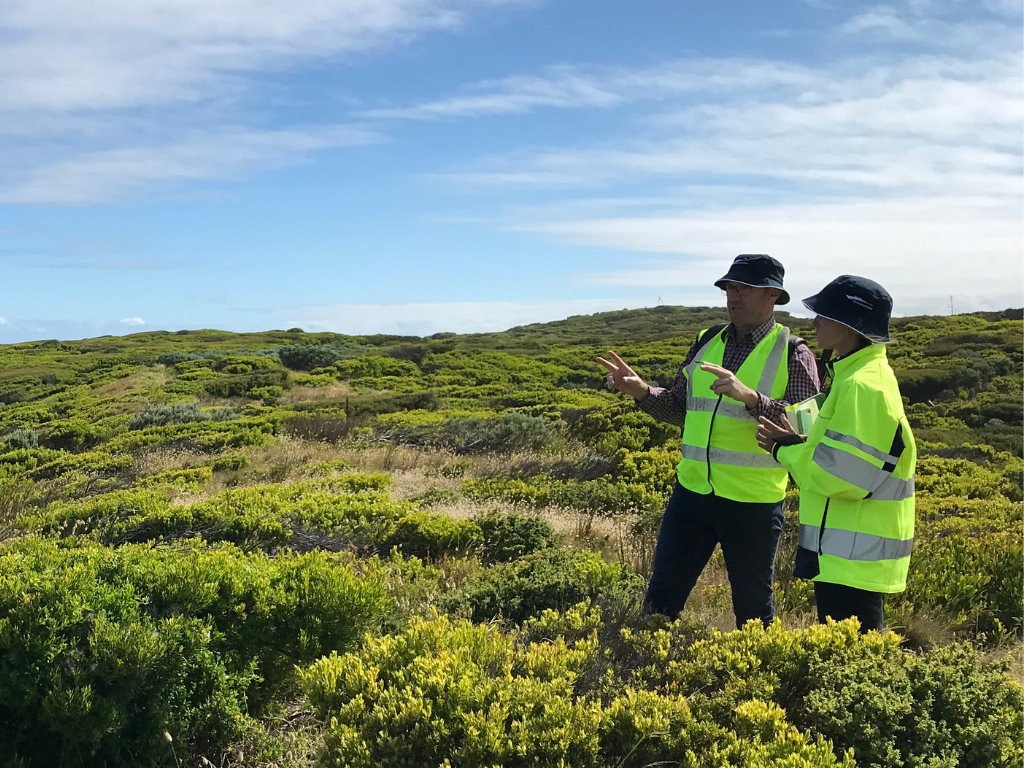STUDIO
Decisions shaping new policies, products and services impact everyone, including the one in six Australians with disability. Yet historically, people with disability haven’t been included in the decision-making processes. This exclusion leads to outcomes with poor accessibility and usability. This shouldn’t be the case; people with disability are the experts in their own lives, and should have a say in decisions that are important to or affect them. Their contributions make our policies, products, services, and communities better.
Australia’s Disability Strategy 2021-2031 addresses this reality. It was co-created alongside people with disability and their representatives to improve the livelihoods of people with disability in Australia. As part of this strategy, The Department of Social Services partnered with ThinkPlace, the Centre for Inclusive Design (CFID) and People with Disability Australia (PWDA) to develop and design inclusion guidelines.
The guidelines help government, business, and not-for-profit organisations meaningfully engage with people with disability by providing useful instruction and explanation on accessible engagement methods.

The Challenge
The existing resources in this space offered a solid foundation but had shortcomings. While there is a wide variety of ways an engagement could be inaccessible, guidelines were often too specific (with guidance that only related to one type of engagement or accessibility need) or too general (therefore offering vague or limited advice).
With existing guidelines being scattered, navigating how best to engage people with disability was difficult. Someone who wanted guidance in designing an engagement, or to check an engagement was accessible, would have to cross-reference several existing guidelines. These guidelines were often difficult to find, or people may not even know to look for them.
Our Response
Our approach to the project was grounded in two principles. Firstly, we embraced the social model of disability, which frames disability as the result of environmental barriers; in contrast to the medical model of disability, which frames disability as a problem of the individual, to be fixed or cured.
The social model steers our perspective towards creating solutions that remove these barriers, enabling full participation and inclusion as an expected part of human diversity.
Secondly, our methodology was rooted in human-centred design, ensuring that the lived experiences of people with disability and their representatives, as well as the needs of future users, were at the core of our guidelines. This collaborative approach guarantees that the guidelines are practical and relevant to the real needs of those they are designed to support.
We broke the project up into four stages.

Stage 1: Planning
- Planning and drafting of our engagement methodology, ensuring we involved a wide range of perspectives and needs.
Stage 2: Collaborative Discovery
- We conducted desktop research to assess the scoping report provided by DSS, as well as other existing guidelines for engaging with people with disability.
- We consulted with 75 stakeholders within the disability community through interviews and focus groups.
- We asked participants to critique our engagement design and facilitation processes, identifying potential assumptions, strengths and opportunities in our practice.
- From these consultations, we developed the five ‘Principles of Good Practice’, which became the first draft of the Good Practice Guidelines.
Stage 3: Testing & Validation
- We conducted usability tests of the drafted guidelines using interviews, focus groups and a proof-of-concept website, including users with lived experience of disability.
- Throughout our testing process, we wanted to ensure that the guidelines were approachable to beginners, while being useful to those experienced in accessible engagement design.
- To achieve this, rather than just asking people to check if the guidelines could work, we ensured they did work, by asking people to actively use the guidelines for a month in their work and engagements.
Stage 4: Finalise
- Using insights from the usability tests, we collaborated with the Department of Social Services to refine and finalise the guidelines.

The Impact
Many people are afraid of trying to run accessible engagements. They fear they don’t know enough about accessibility, that they will make a mistake, that it’s too late in the process for them to try and improve their engagement, or that it’s too difficult. While very few engagements can be perfectly accessible to everyone, we’ve shown that meaningful effort should still be pursued.
The Good Practice Guidelines for Engaging with People with Disability encourage engagement organisers and facilitators to move beyond an all-or-nothing mindset to running accessible engagements. The guidelines provide information and resources that can be used to better experiences for participants with disability.
“The reality is that most engagements aren’t going to be perfect. There are always constraints on time, funding, scope, ability, and many other factors that have a significant impact on your ability to be inclusive. However, what we heard over and over again throughout this process was that being open and honest with participants about what you can and can’t do goes a long way. Real accessibility starts when you’re willing to listen, discuss, and put the effort into trying.” – Sasha Corr, Business Designer at ThinkPlace
The Good Practice Guidelines for Engaging with People with Disability can be found here.

Thanks!
We’re grateful to the Department of Social Services, the Centre for Inclusive Design, People with Disability Australia, and all people with disability and their representatives who helped create these meaningful guidelines.






